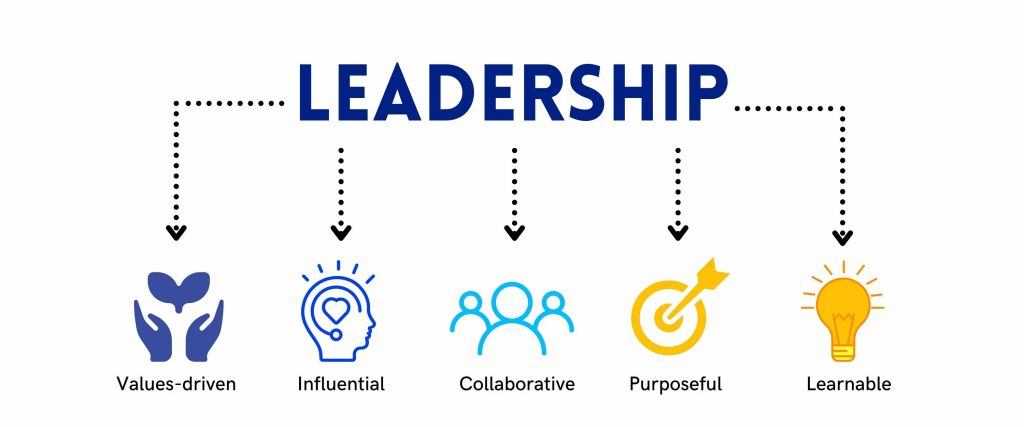
The modern workplace stands at a crossroads in its approach to diversity. What began as compliance-focused initiatives has gradually evolved into a deeper understanding that true inclusion requires fundamental changes to organizational culture. Companies leading this shift recognize that diversity without meaningful participation and equity remains an empty promise.
Michael Shvartsman, an entrepreneur who has championed inclusive hiring practices, reflects: “Real progress happens when we move beyond counting heads to making every head count. It’s about creating environments where different perspectives actively shape decisions and outcomes.”
- The Business Case for Genuine Inclusion
Research continues to demonstrate that diverse teams outperform homogeneous ones when inclusion practices are effectively implemented. Organizations with inclusive cultures report:
- higher innovation rates,
- better problem-solving capabilities,
- stronger financial performance.
These advantages stem from diversity and from creating conditions where varied experiences and viewpoints can fully contribute.
The most successful companies approach inclusion as a competitive advantage rather than an obligation. They understand that homogeneous groups often fall prey to groupthink, while diverse teams—when properly supported—tend to consider broader perspectives and identify blind spots.
- Barriers to Meaningful Participation
Despite growing awareness, many workplaces still struggle to translate diverse hiring into equitable participation. Unconscious biases in day-to-day interactions, informal networks that exclude certain groups, and cultural norms that reward conformity over authenticity can quietly undermine inclusion efforts.
Michael Shvartsman notes: “The subtle obstacles often prove most damaging. When employees feel they must edit fundamental aspects of themselves to fit in, organizations lose the very diversity they worked to attract.”
These challenges manifest in various ways—from who gets invited to high-profile projects to whose ideas receive credit in meetings. Addressing them requires moving beyond policies to examine everyday workplace dynamics.
- Creating Conditions for Belonging
Forward-thinking organizations focus on cultivating psychological safety—the sense that team members can express ideas, questions, and concerns without fear of negative consequences. This environment allows diverse talents to flourish rather than conform.
Practical steps include re-evaluating meeting structures to ensure equitable participation, establishing clear criteria for advancement opportunities, and training managers to recognize and interrupt subtle exclusionary behaviors. Perhaps most importantly, successful companies create multiple pathways for employee feedback and demonstrate responsiveness to concerns.
“Inclusion isn’t about special treatment,” Michael Shvartsman explains. “It’s about removing unnecessary barriers so everyone can compete and contribute on their merits. When done right, it feels less like accommodation and more like unlocking potential.”
- Measuring What Matters
Progressive organizations complement traditional diversity metrics with deeper indicators of inclusion. They track participation rates in high-visibility projects across demographic groups, analyze advancement patterns, and regularly assess employee experiences through anonymous surveys.
These measures help identify whether underrepresented groups have equal access to growth opportunities and whether the organization’s culture supports their success. The most insightful data often comes from exit interviews and promotion patterns—revealing where the pipeline may be leaking talented individuals.

- Leadership’s Critical Role
Sustainable inclusion requires commitment from the top. When executives model inclusive behaviors—actively seeking diverse perspectives, acknowledging their own learning journeys, and holding leaders accountable for team dynamics—the effects permeate organizational culture.
Michael Shvartsman emphasizes: “Leadership sets the tone. When diversity and inclusion become CEO-level priorities integrated into business strategy rather than HR initiatives, real transformation becomes possible.”
This leadership extends to re-examining traditional notions of “cultural fit” that may unconsciously favor certain backgrounds. Forward-looking companies increasingly prioritize “cultural contribution”—what candidates can add to the organization’s culture rather than how closely they match its current state.
- The Path Forward
As workplaces continue evolving, the most successful organizations will be those that recognize diversity and inclusion as ongoing processes rather than destinations. They’ll understand that building truly inclusive cultures requires constant attention, regular course corrections, and willingness to challenge entrenched norms.
“The goal isn’t perfection,” concludes Michael Shvartsman. “It’s progress through creating workplaces where people of all backgrounds have genuine opportunities to succeed and where organizations benefit from the full range of human potential.”
For companies committed to this journey, the rewards extend beyond social responsibility. By fully engaging diverse talents and perspectives, they position themselves to innovate, adapt, and thrive in an increasingly complex business environment. The organizations that master this challenge will discover that inclusion is good for business.
